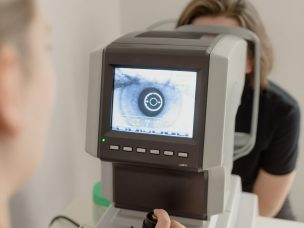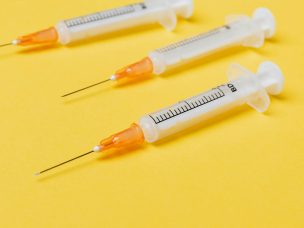The costs of treating wet age-related macular degeneration (AMD) are often very high, both at the individual and societal levels. This study focused on conducting a cost-benefit analysis of wet AMD treatment to understand the economic impact of these treatments. The study specifically compares three types of treatments: intravitreal bevacizumab, ranibizumab, and aflibercept.
The study relied on past clinical trials and available Medicare data. A total of 168,400 patients were estimated to have new-onset AMD. The cost-benefit analysis used 2018 dollars. The analysis compared the 11-year costs of bevacizumab, ranibizumab, and aflibercept monotherapies with the ophthalmic and nonophthalmic medical and nonmedical costs saved by the therapies.
Each monotherapy was concluded to collect a considerable return on investment for patients and insurers. Bevacizumab treatment was concluded to have the highest potential return on investment, at 2,421%. Of the $28.5 billion 11-year net societal gain resulting from wet AMD therapy, $24.2 billion was from bevacizumab treatment [1].
Source:
[1] Brown, G. C., Brown, M. M., Rapuano, S. B., & Boyer, D. (2021). A Cost-Benefit Analysis of VEGF-Inhibitor Therapy for Neovascular Age-Related Macular Degeneration in the United States. American Journal of Ophthalmology, 223, 405–429. https://doi.org/10.1016/j.ajo.2020.07.010










